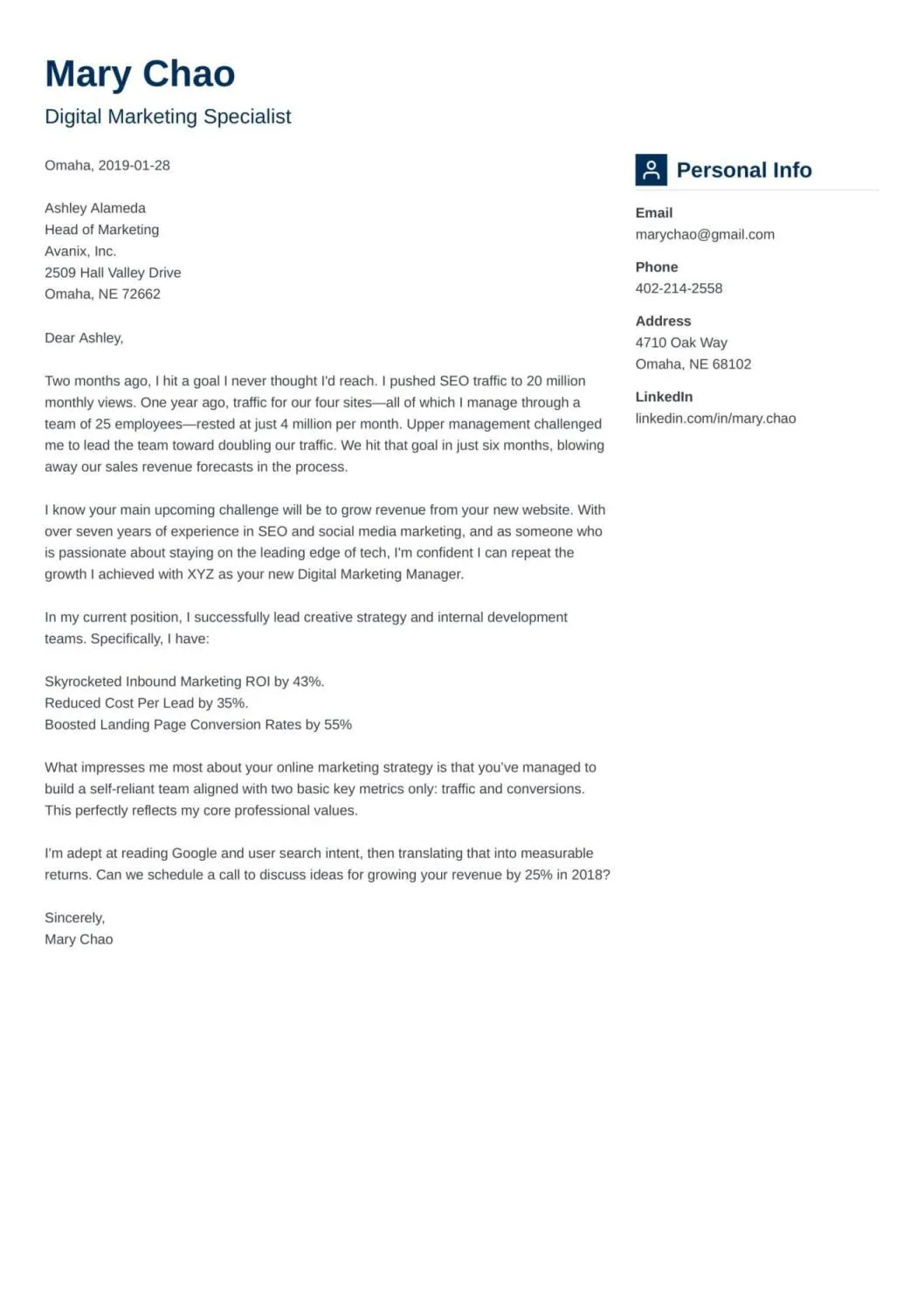Understanding the Cover Letter’s Role
A cover letter is an essential document that accompanies your resume when applying for a job. It serves as your introduction to the hiring manager, providing an opportunity to showcase your personality, skills, and enthusiasm for the role. Unlike a resume, which is a factual summary of your experience, a cover letter allows you to tell your story, explain why you’re a great fit for the company, and demonstrate your understanding of the job requirements. It’s your chance to make a strong first impression and persuade the employer to read your resume. A well-crafted cover letter can significantly increase your chances of getting an interview, while a poorly written one can lead to your application being overlooked. Therefore, mastering the correct format is crucial.
Key Components of a Cover Letter
A winning cover letter consists of several key components that work together to create a compelling narrative. Each part plays a vital role in conveying your qualifications and capturing the hiring manager’s attention. By including all the necessary elements and structuring them effectively, you can create a cover letter that stands out from the competition. The following sections will break down each component, providing guidance on how to write them effectively, what to include, and how to avoid common pitfalls. Pay close attention to the nuances of each section, as the overall impact of the letter relies on the details provided.
Your Contact Information and Date
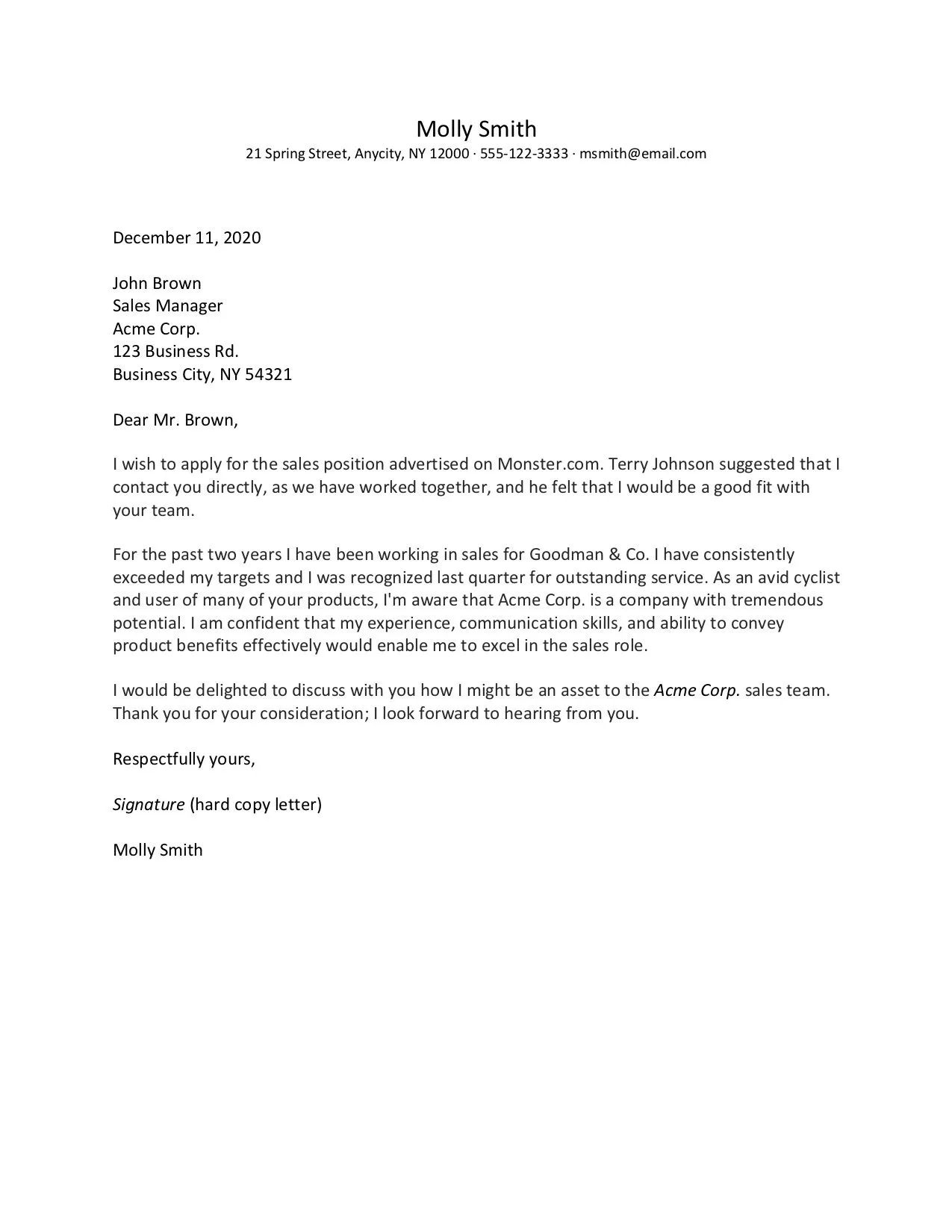
At the top of your cover letter, begin with your contact information. Include your full name, phone number, email address, and optionally, your LinkedIn profile URL. This ensures the hiring manager can easily reach you. Directly below your contact information, include the date. Then, skip a line or two and include the hiring manager’s name (if known), their title, the company’s name, and the company’s address. This section is crucial for professionalism and proper formatting.
Addressing the Hiring Manager
Addressing the hiring manager by name is a critical step to show you’ve done your research and are genuinely interested in the specific opportunity. If you can find the hiring manager’s name (e.g., on the company website, LinkedIn, or through a contact), use it. For example, ‘Dear Mr. Smith.’ If the name is unavailable, use a professional greeting like ‘Dear Hiring Manager’ or ‘Dear [Department Name] Team.’ Avoid generic greetings like ‘To Whom It May Concern,’ as they can make your letter feel impersonal. This personalized approach immediately sets a positive tone.
The Opening Paragraph
The opening paragraph is your first chance to grab the reader’s attention. It should be concise, enthusiastic, and clearly state the position you’re applying for and where you saw the job posting. Briefly mention why you’re interested in the company and the role. Consider mentioning something specific that drew you to the opportunity. The goal is to immediately convey your excitement and demonstrate that you’ve researched the company. For instance, “I am writing to express my keen interest in the Marketing Manager position at [Company Name], as advertised on [Platform]. I am particularly drawn to [Company’s mission/value].”
Highlighting Your Relevant Skills and Experience
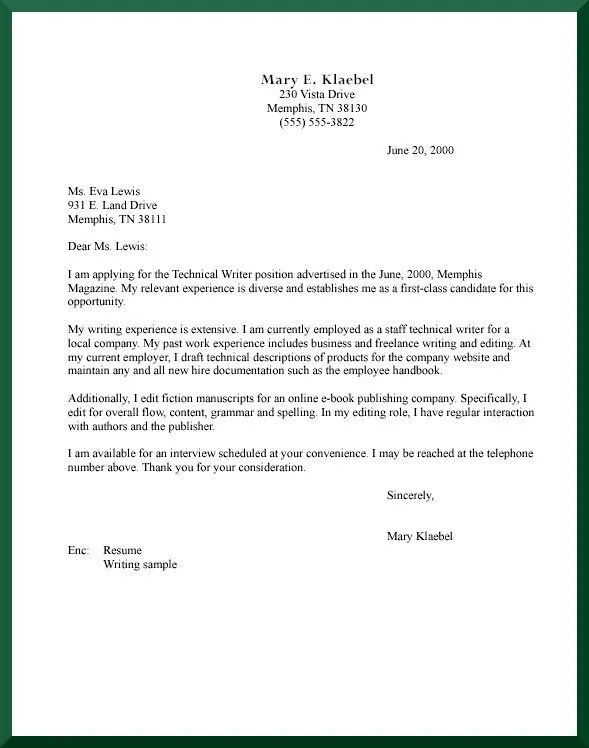
The main body of your cover letter should focus on your relevant skills and experience. Carefully review the job description and identify the key requirements. Then, provide specific examples of how your skills and experience align with those requirements. Use action verbs to describe your accomplishments and quantify your results whenever possible. Tailor your letter to the specific job; avoid using a generic template. Emphasize how your previous roles have prepared you for this position. This is where you convince the hiring manager that you are the perfect fit.
Quantifying Your Achievements
Whenever possible, quantify your achievements with numbers and data. This adds credibility and demonstrates the impact of your work. Instead of saying, ‘Managed social media campaigns,’ say, ‘Managed social media campaigns, increasing follower engagement by 30% and website traffic by 15%.’ Use metrics such as percentages, dollar amounts, or specific quantities to illustrate your successes. This helps the hiring manager quickly understand the value you bring to the table.
Tailoring to the Job Description
A successful cover letter is always tailored to the specific job. Review the job description carefully, identifying the key skills and qualifications the employer is seeking. Then, in your letter, highlight the experiences and skills that directly match those requirements. Use the same keywords and phrases from the job description. This ensures your application gets noticed and demonstrates your understanding of the role. Generic cover letters often fail because they don’t address the unique needs of the position. Customization is key.
Expressing Enthusiasm and Interest
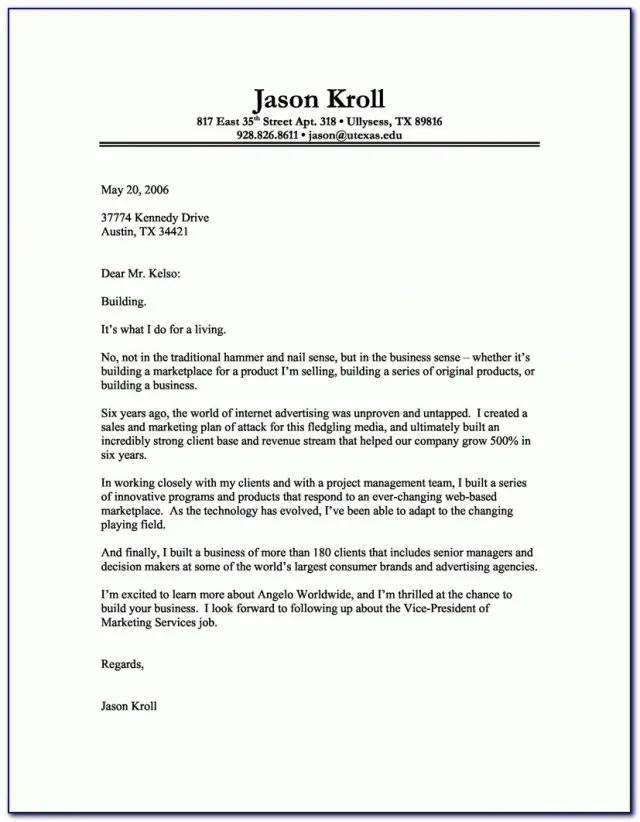
Throughout your cover letter, express genuine enthusiasm and interest in the position and the company. Explain why you’re excited about the opportunity and what motivates you to apply. Show that you’ve done your research and understand the company’s mission, values, and goals. This level of interest makes you appear more engaged and increases your chances of making a positive impression. Share your perspective and demonstrate how you can contribute to the company’s success.
Call to Action and Closing
In your closing paragraph, include a clear call to action. Express your eagerness to discuss your qualifications further and reiterate your interest in the position. Thank the hiring manager for their time and consideration. Provide your contact information again, including your phone number and email address. A strong closing should leave the reader with a positive impression. For example, “Thank you for your time and consideration. I am eager to discuss my qualifications further and can be reached at [phone number] or [email address]. I look forward to hearing from you.”
Formatting and Presentation Tips
The visual presentation of your cover letter is just as important as the content. A well-formatted letter is easier to read and creates a professional impression. Choose a clear, professional font and maintain consistent formatting throughout. Use proper spacing, margins, and bullet points to organize the information effectively. Ensure your cover letter looks clean, organized, and easy on the eyes. The goal is to make the document as readable and accessible as possible, so the hiring manager can quickly grasp your qualifications and interest.
Font Choice and Readability

Choose a professional and readable font such as Times New Roman, Arial, Calibri, or Helvetica. Stick to a font size between 10 and 12 points. Avoid using decorative or overly stylized fonts, as they can be distracting. Ensure the font size and style are consistent throughout the document. The goal is to prioritize readability, so the hiring manager can easily digest the information. Make sure the font is clear and easy to read, which helps highlight your qualifications.
Proper Use of White Space
Utilize white space to break up the text and make your cover letter visually appealing. Use single-spacing within paragraphs and double-spacing between paragraphs. Leave adequate margins (typically 1 inch on all sides) to prevent the text from looking crowded. White space creates visual breathing room, making it easier for the reader to focus on the content. Avoid cramming too much text onto a single page. A clean and uncluttered layout is essential for a professional presentation.
Proofreading and Editing
Proofreading and editing your cover letter is critical. Errors in grammar, spelling, and punctuation can damage your credibility and make you appear careless. Carefully review the document multiple times, ideally reading it aloud to catch any mistakes. Consider asking a friend or colleague to proofread it as well. They may spot errors that you have missed. Ensure the language is concise, and the sentences are well-structured and easy to follow. A polished, error-free cover letter demonstrates attention to detail and professionalism.
Common Cover Letter Mistakes to Avoid
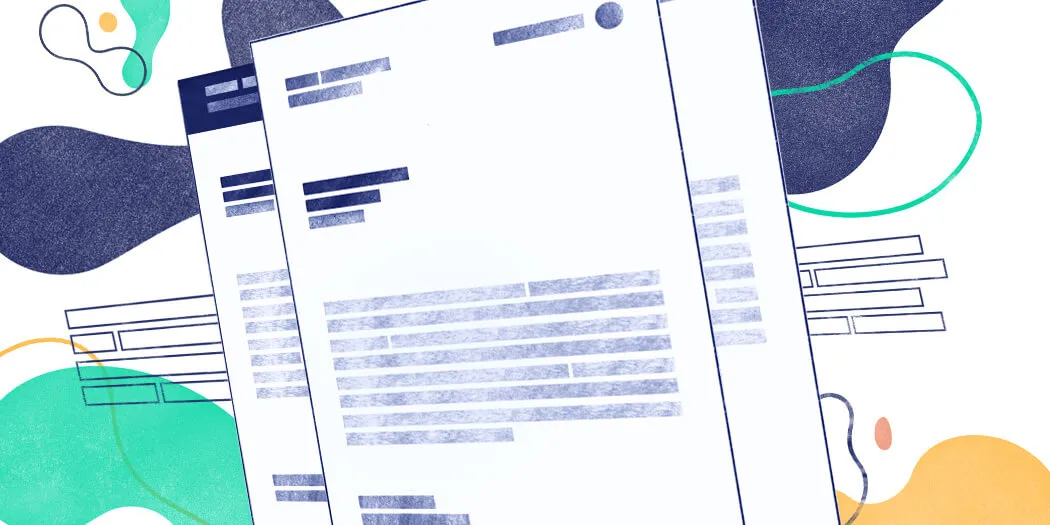
Avoiding common mistakes is essential for creating a winning cover letter. These pitfalls can undermine your application and reduce your chances of getting an interview. Being aware of what to avoid will help you produce a polished and professional document. Ensure the cover letter accurately reflects your qualifications and demonstrates your interest in the role. By steering clear of these errors, you can significantly enhance the effectiveness of your application.
Generic and Uninspired Content
Avoid using generic cover letters that could be sent to any company or position. Customize each letter to reflect the specific job requirements and the company’s values. Generic content shows a lack of effort and interest, making you appear less engaged. Tailor your letter to highlight your relevant skills and experiences that align with the specific role and company. Show the hiring manager that you understand the role and why you’re a good fit.
Typos and Grammatical Errors
Typos and grammatical errors are a major turn-off. They signal a lack of attention to detail and a disregard for professionalism. Always proofread your cover letter multiple times. Use a spell checker and grammar checker. Ask a friend or colleague to review your letter for any mistakes that you might have missed. Ensure the language is clear and concise. A polished, error-free cover letter demonstrates your commitment to quality and enhances your credibility. Make sure the document is impeccable.
Not Tailoring the Letter
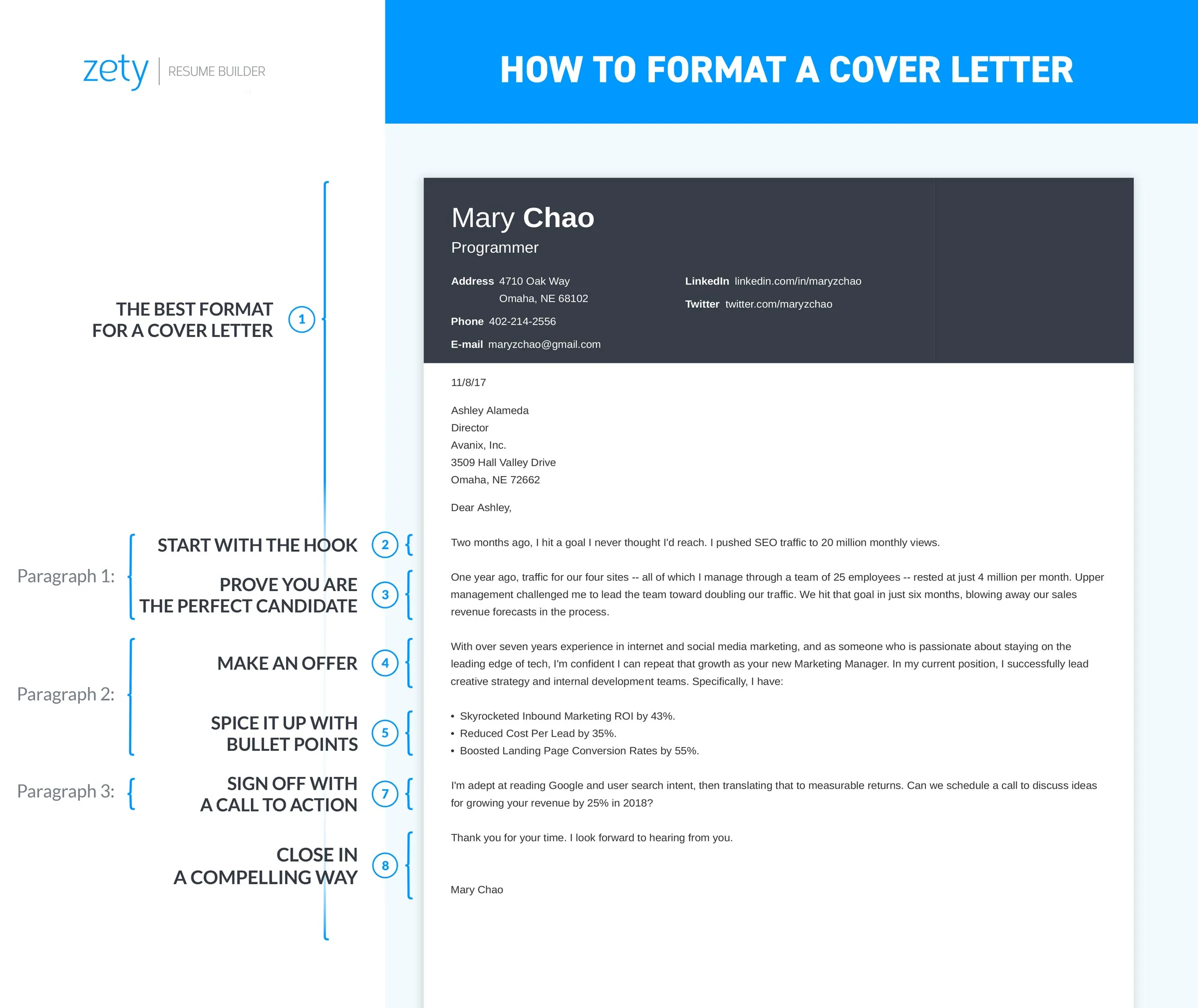
Failing to tailor your cover letter to the specific job and company is a common mistake. Generic cover letters often lack the necessary details to showcase your suitability for the role. Research the company, understand their needs, and customize your letter to align with them. Highlight the skills and experience that match the job requirements. If you don’t customize your cover letter, it won’t stand out. Make sure the document reflects the values of the company and requirements of the role.
Overly Long Cover Letters
Keep your cover letter concise and to the point. Aim for one page, or at most, one and a half pages. Hiring managers are busy and often don’t have the time to read lengthy documents. Focus on the most relevant and compelling information. Avoid unnecessary details or filler content. Conciseness demonstrates respect for the hiring manager’s time. A well-written, concise cover letter is more effective than a long, rambling one.
Examples of Winning Cover Letters
Reviewing examples of winning cover letters can provide valuable insight and guidance. Look for cover letters that effectively highlight the applicant’s skills, experience, and enthusiasm. Pay attention to the structure, tone, and language used. Tailor the format to your own situation. By studying successful examples, you can learn how to craft a compelling cover letter. Adapt the best elements to suit your skills and experience, and apply these lessons to your own job applications. Use these examples as templates for your cover letter.
